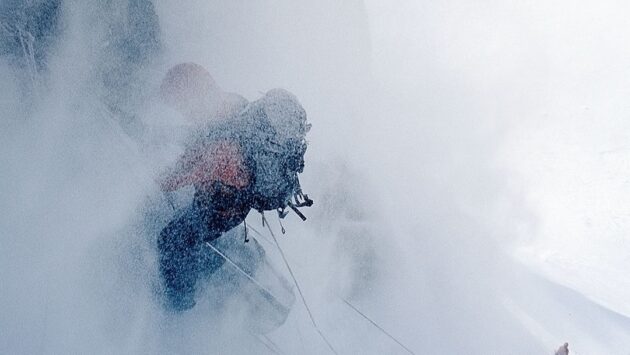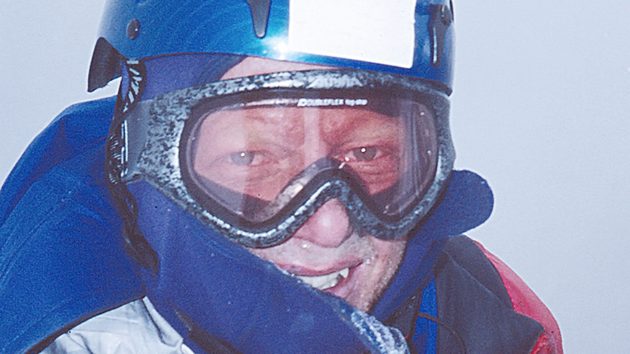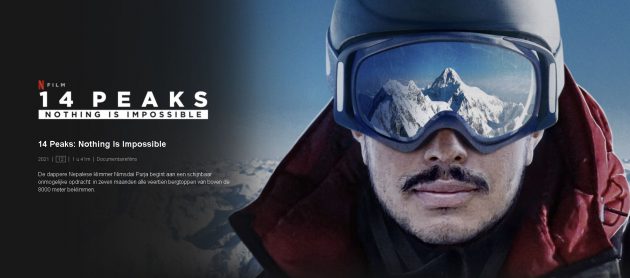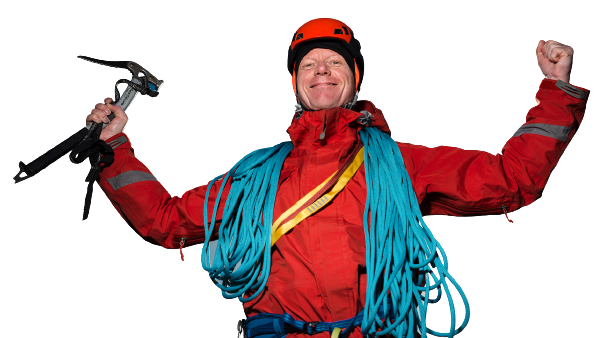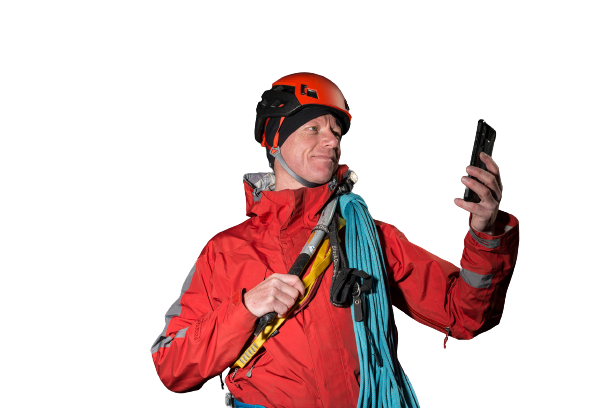Successful leadership and teamwork in the high mountains
And 4 questions that strengthen your leadership position and help you create support in your team
- Who is the leader during a climb?
- How are decisions made in a climbing team during a Himalayan expedition?
- What are the success factors for leadership in the high mountains?
Leadership & self-managing teams
It is common in an organization to institutionalize leadership structures. For example, the chief executive officer (CEO), the chief operating officer (COO), the general or regional manager and the team leader. If you look at leadership within climbing teams, there has been a shift in recent years. You could say that, in the high mountains, we prefer to work in self-managing teams.
Decision making
Who decides when leadership is situationally determined? The high mountains are unpredictable and dangerous. There is no time for extensive consultation or long meetings. Decision-making must be carried out quickly and effectively. To maximize our efficiency, we work in small teams. Decisions are taken by consensus.
At first this seems like a contradiction. Prior to the expedition, all possible scenarios were discussed and analysed. As a result, decisions on the mountain can be made quickly. Consensus on the strategy to follow is vital because decisions do not just affect top success or failure. Poor decision making can lead to injury or – in extreme cases – death. Therefore, every decision should be supported by all team members.
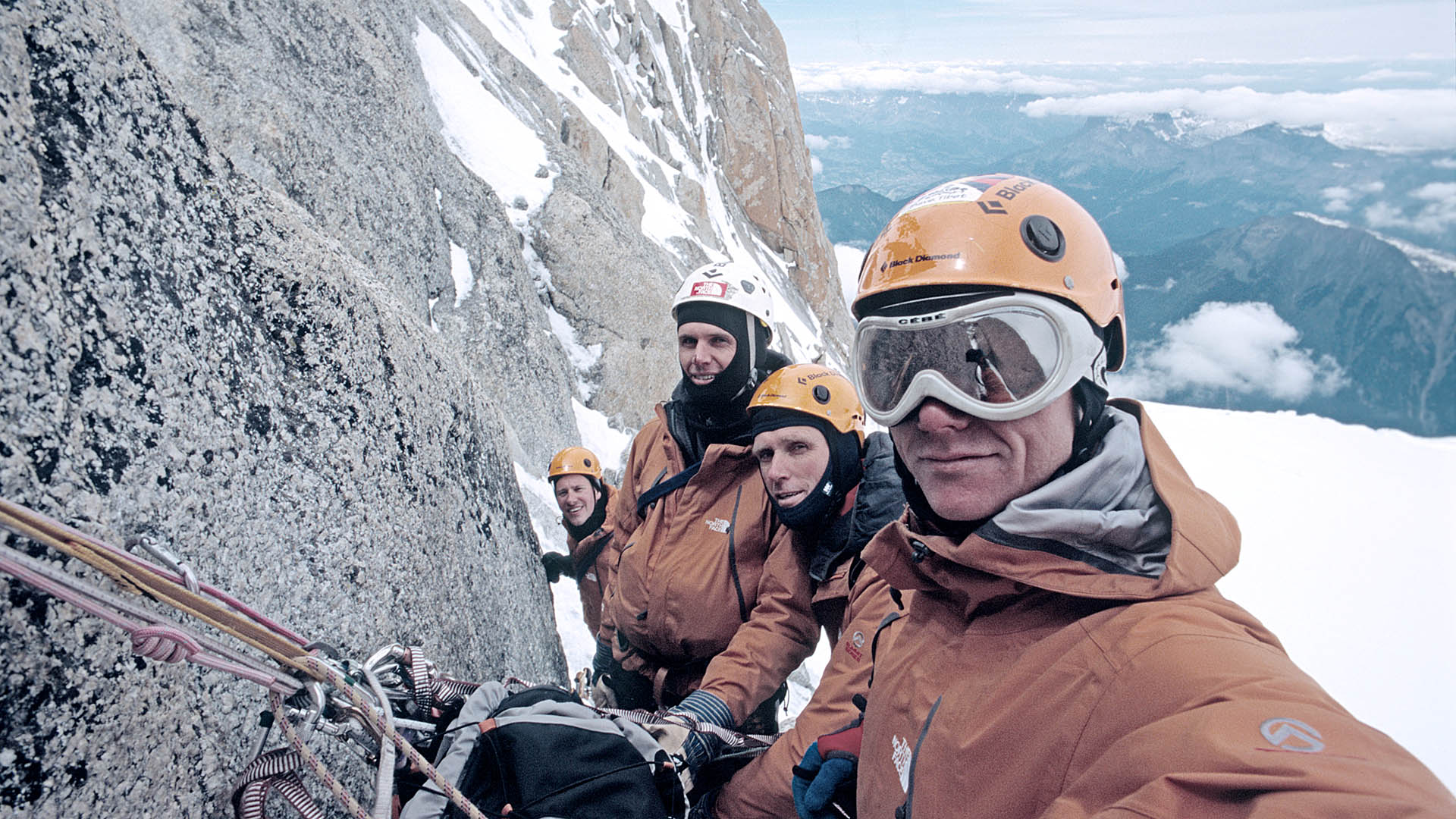
Trust and situational leadership
On the mountain, leadership can be quickly transferred to another team member at specific times or during specific tasks. This sounds complex, in practice it works well. We have been working together in the mountains for years. We know each other’s strengths and weaknesses. Switching to another leader does not require long discussions. This process is seamless, it is briefly discussed whether the person in charge takes the initiative.
It is extremely important in this situation that all team members have full confidence in each other’s leadership skills. Trust, respect for each other and for each other’s abilities and the flexibility to adapt quickly are necessary for successful situational leadership.
These 4 questions will help you create support and strengthen your leadership position:
- Inspiration: Do I inspire my team to achieve the team goals?
- Support: How do I help my team members achieve the team goals and their personal goals?
- Development: What value do I add to the development of the team and the team progress?
- Integrity: Am I leading by example?
Effectiveness
Our experience is that if you use the four questions as a compass in your leadership, your leadership within the team is naturally strengthened. When we talk about team goals, it is crucial that personal goals are aligned with the team goals. Failure to do so will seriously undermine the effectiveness of the team.
Success factors
Success factors for situational leadership are the shared experiences in the team, the trust and the alignment of personal and team goals. The extent to which individual team members are able to be flexible and adapt determines if the self-managing teams and situational leadership work successfully in mountaineering teams. The four questions help and give focus to create a foundation for effective situational leadership.
Melvin Redeker & William van Meegdenburg
An interesting read:
- Gary Hamel – The future of management
- Harvard – the leadership team
More information?
Do you find this blog interesting or did the article inspire you? Melvin gives interactive presentations and webinars about teamwork, trust, change and leadership. These sessions are ideally suited for annual or customer meetings, conferences, internal meetings or strategic sessions. Please contact us via the contact form or email melvin@melvinredeker.com

